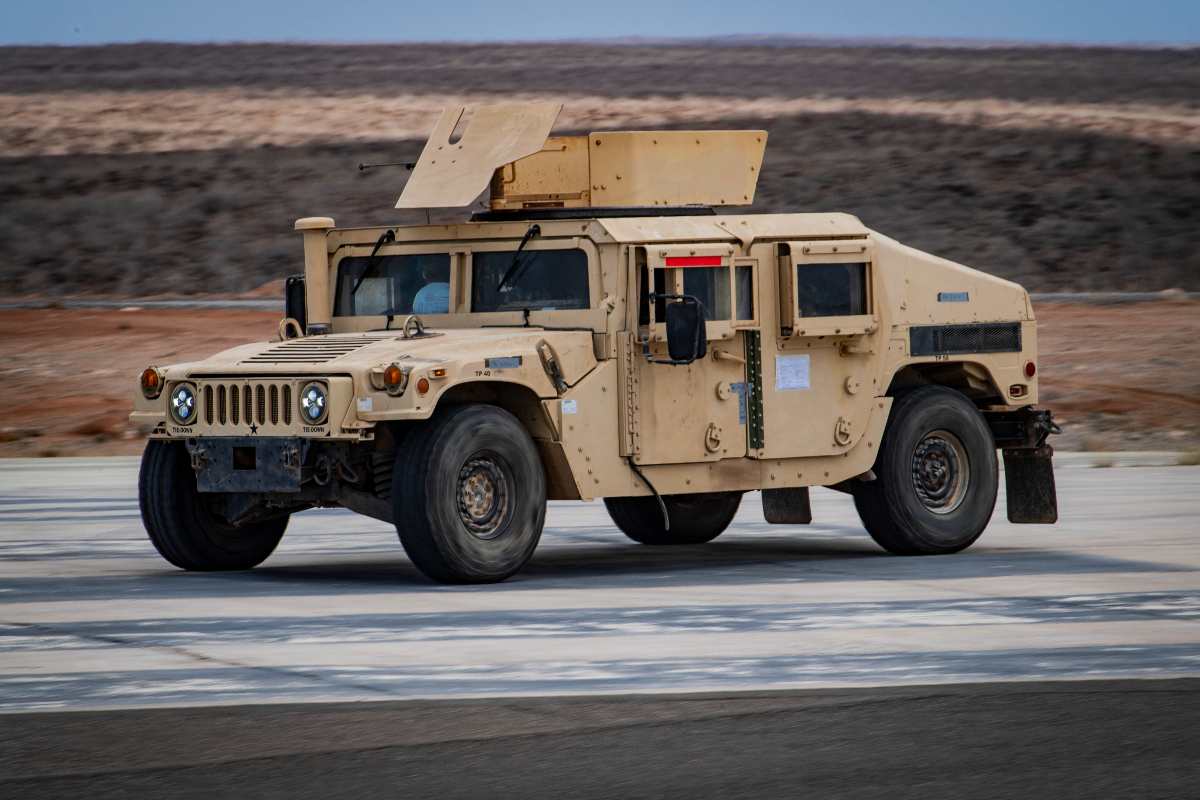Humvee Facts: 35 Things To Know About The HMMWV

A U.S. Army HMMWV assigned to the East Africa Response Force (EARF), Combined Joint Task Force-Horn of Africa, is driven down the runway during an emergency deployment response exercise, East Africa, May 17, 2019. The EARF provides a broad range of rapidly deployable military capabilities to protect American interests on the African continent should any threat arise.
Since the Humvee was introduced, varied and increased protection has been a focus. A fun tidbit of Humvee facts is that the early versions had no doors and a fabric roof. However, the demands of Somalia, Iraq and Afghanistan demonstrated the need for improved armor. Many improvised solutions have been tried in the field in recent years, including sandbags and welding scrap metal to the chassis – which create some odd-looking Humvees. However, heavily armored versions are now available from the factory; as are retrofit kits which include under-body plates, heavy doors, armored seats, weapon shields and many other additions.

